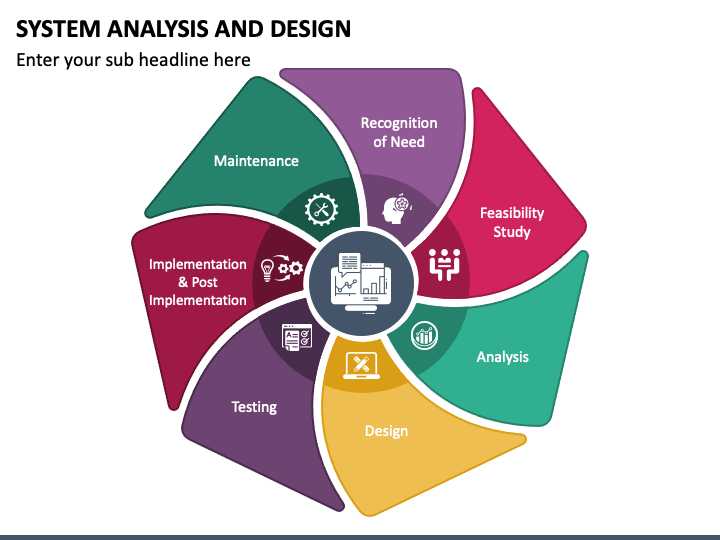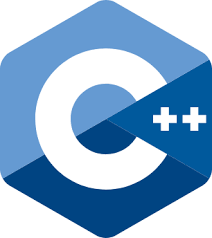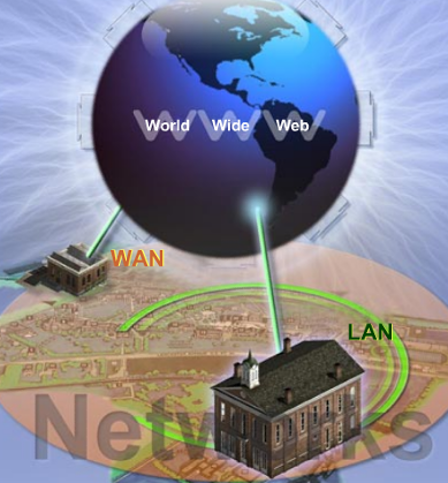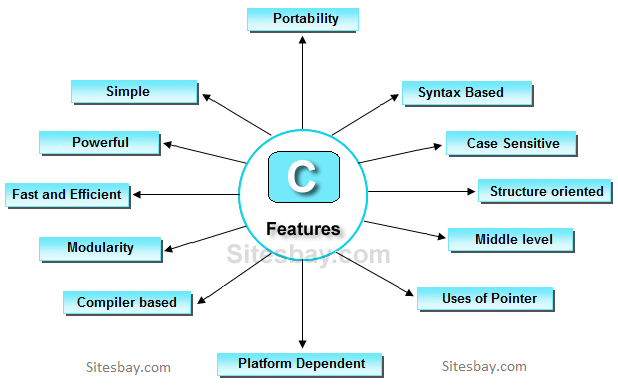
- Module Team: Dr. WILSON MUSONI
SAD enables students to use management information systems techniques to solve managerial and organizational problems of limited complexity. It includes solving formal analytic problems and implementing solutions using MIS development techniques. It focuses on Study, Analysis and Design of a System, Documenting and evaluating the System, Data Modelling, and Developing Information Management System for an Organization, Implementing and Testin

- Module Team: Innocent Twagirayezu
In this module, students will learn basics of programming with C++, structured and Object Oriented Programming Concepts. They will learn how data abstraction, reusability, inheritance and modularity of code can be enhanced using C++.

- Module Team: MERCY NYAKUNDI
C is a programming language developed at AT & T’s Bell Laboratories of USA in 1972. It was designed and written by a man named Dennis Ritchie. This module provides the introduction to the use of the C programming language as an aid to solving mathematical and scientific problems. Students design, write, and implement programs.

- Module Team: Nicholas Katende
- Module Team: Prince Rukundo
This course networking introduces some basic principles of computer-based networking, discusses advantages of networking, and presents the idea of connecting computers together to form a local area network (such as a corporate intranet connection) and a wide area network (such as the Internet connection).
At the end of this programme, students should be able to identify the suitable networking design for any institution and make a requisition of the computer networks devices requirements for any company once needed.

- Module Team: MUHIRE LEONCE BARIHUTA
- Module Team: Dr. MBANZABUGABO Jean Baptiste
- Module Team: Dr. WILSON MUSONI
- Module Team: MUHIRE LEONCE BARIHUTA
THIS COURSE INTRODUCES THE PROGRAMMING CONCEPTS AND HOW A STUDENT CAN CREATE COMPUTER PROGRAMS AND APPLICATIONS

- Module Team: ISHIMWE Olivier Angel Kevin
- Module Team: Alain Christian Majyambere
- Module Team: MERCY NYAKUNDI
This module helps students to understand and implement network infrastructure. It will allow them to analyze a certain network and choose the relevant models and to apply. Upon completion of the course, the student should: Have a deeper understanding of advanced concepts related to Networking and their underlying theory To be able to improve the decision-making process.
- Module Team: MUHIRE LEONCE BARIHUTA
- Module Team: Dr. MBANZABUGABO Jean Baptiste
This Database Management Systems (DBMS) course allows students to function as a beginner of system developer, using tools for analyzing the world, accessing and interpreting information, organizing their personal knowledge, and representing what they know to others within the concept of global business today.
This module gives the opportunity to have a meaningful introduction to computer databases. It also offers a quick, visual, and step-by-step approach for learning fundamental concepts of databases. It explains what database is, how it works, connected or incorporated within others and raises broader issues about how the various applications relate to the latest technology and job market.
- Module Team: ISHIMWE Olivier Angel Kevin
- Module Team: MUHIRE LEONCE BARIHUTA
- Module Team: MERCY NYAKUNDI
- Module Team: Dr. Micheal Sanja
